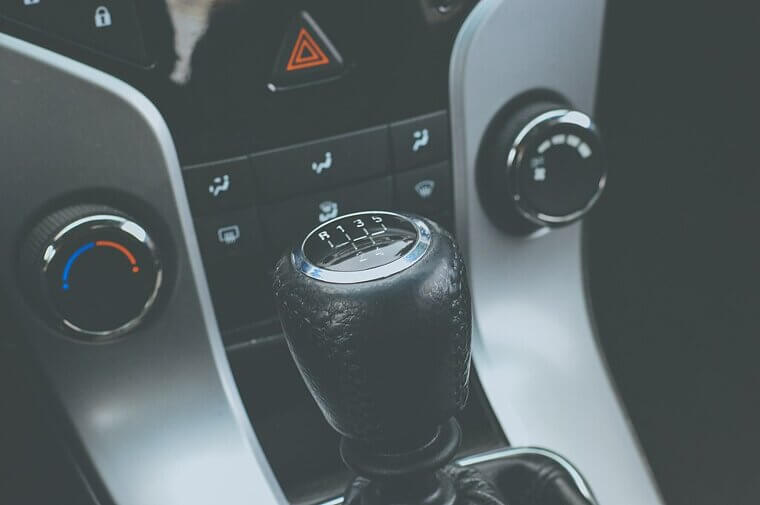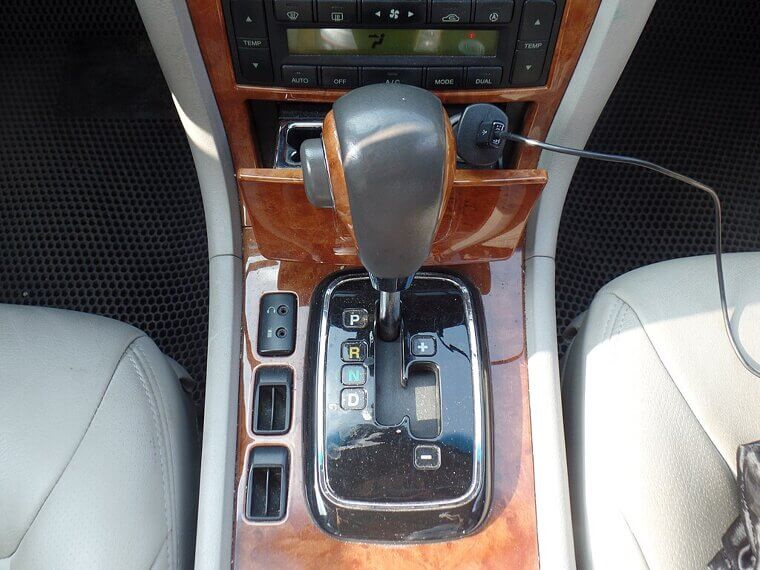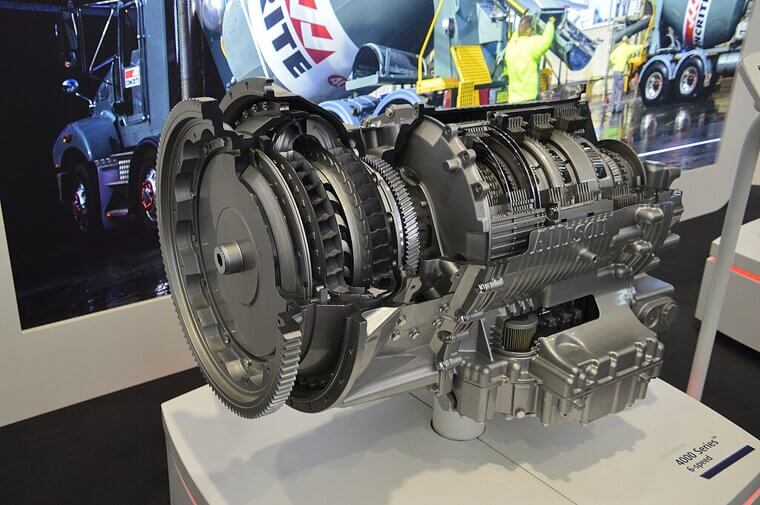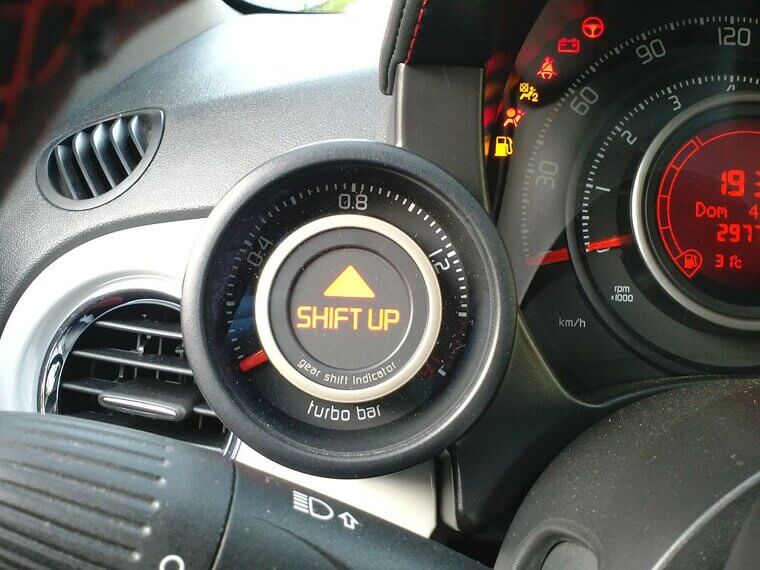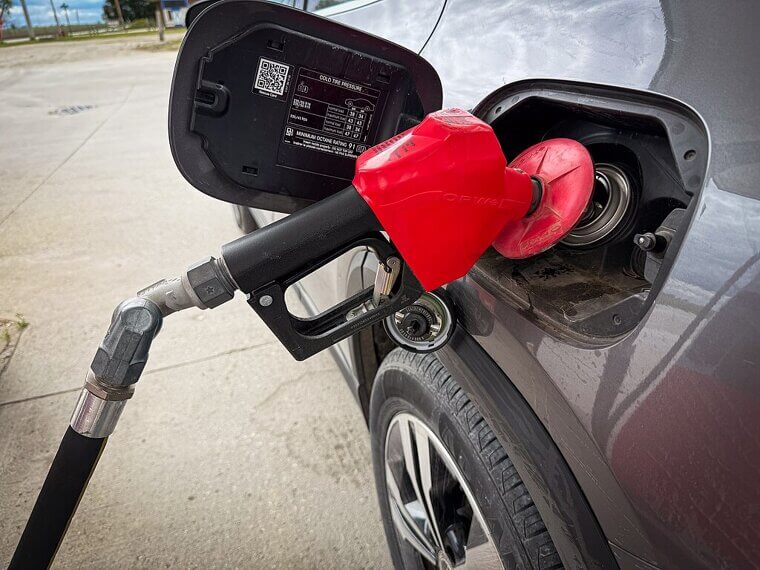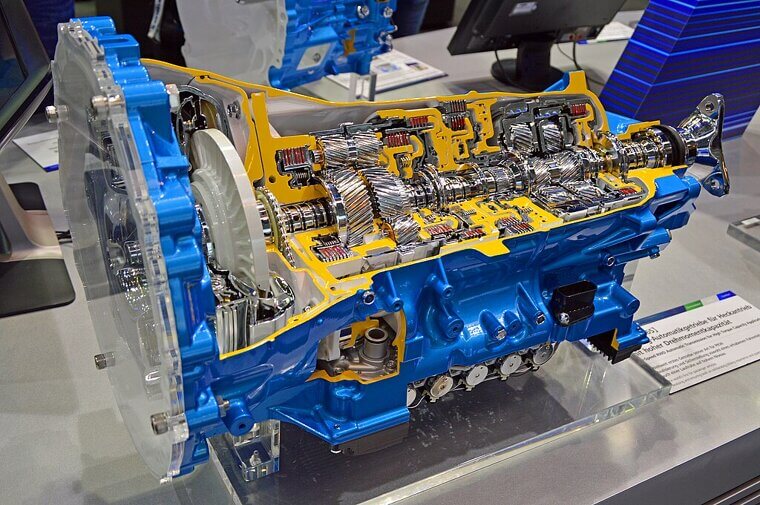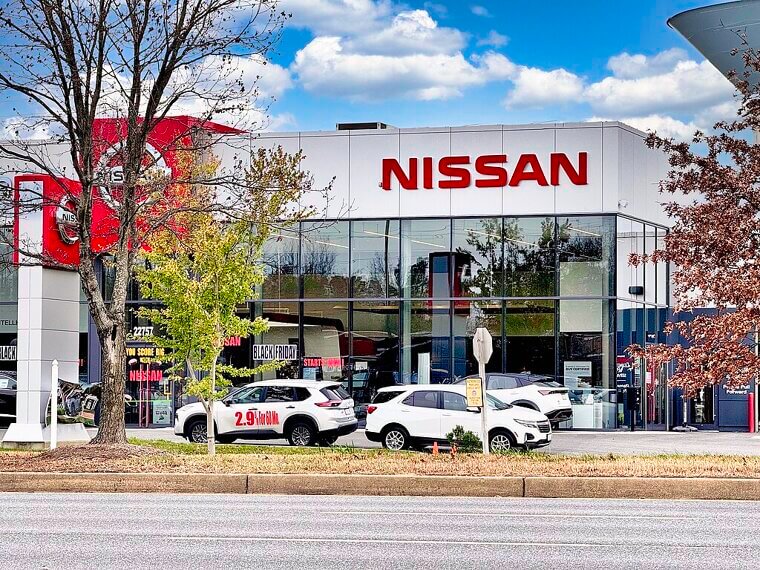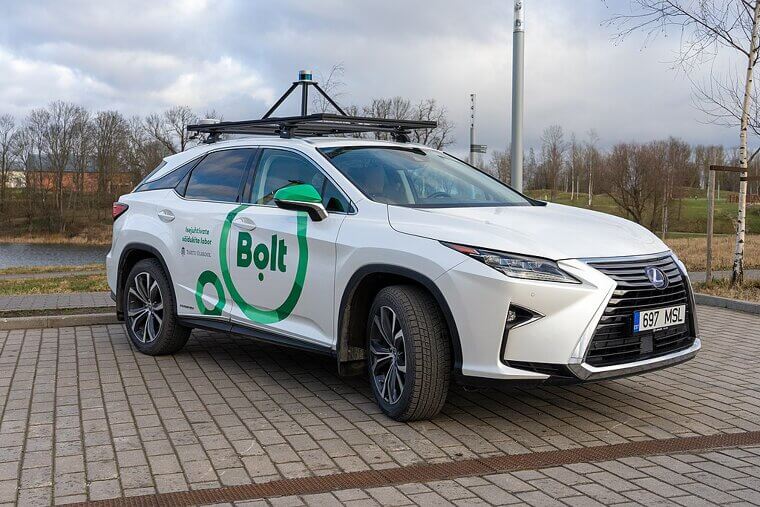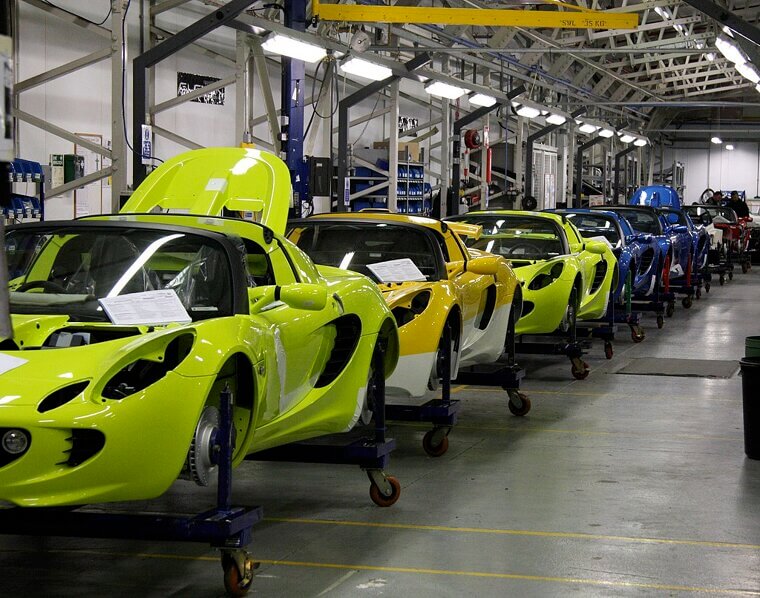Remember Stick Shifts? Why Fewer Cars Than Ever Are Being Built With Them
Manual transmissions are romantic, mechanical, and satisfying- but they’re vanishing faster than a Ferrari at a green light. Here are ten reasons why manual transmission is slowly stalling out in the modern world!
Automatic Transmissions Are Just Better Now
Modern automatics have come a long way. Today’s systems use dual-clutch and torque converter magic to deliver lightning-fast shifts and super-optimal fuel economy. Some even emulate downshifts for a sporty feel! Add in paddle shifters and “smart” adaptive modes, and most drivers don’t miss the stick - especially when they’re leaving manuals eating dust without lifting a toe.
Electric Cars Don’t Need Gears
Electric vehicles bring waves of instant torque and operate on a single-speed transmission. No clutch, no shifting… just quiet, smooth, whiplash acceleration. As EVs dominate the market, manuals are being left by the roadside - not through obsolescence, but because they’re unnecessary in electric drivetrains. Gears just don’t fit the electric equation!
Drivers Aren’t Learning Stick Anymore
Stick-shift driving used to be a rite of passage for new drivers, but now it’s a novelty. Driving schools don’t teach it, most cars don't offer it, and younger drivers aren’t learning it at home.
Manuals Don’t Boost MPG Like They Used To
Back in the day, going manual meant better gas mileage, but those days are gone. CVTs, dual-clutch automatics, and computer-optimized transmissions now edge out manual efficiency. In a world chasing every last mile per gallon, saving fuel isn’t the manual’s superpower anymore.
Traffic Makes Manuals a Chore
Anyone who’s crept through rush-hour gridlock with a manual knows the pain: constant clutching, gear changes, and awkward stalls turn an otherwise joyful driving experience into a thigh workout with extra frustration. For city livers and commuters, automatics offer blessed relief from the daily grind.
Fewer Cars Offer It as an Option
Supply shapes demand and right now, manuals are in short supply! Automakers are phasing them out across sedans, hatchbacks, and even sports cars. With fewer new cars offering a manual box, used models are dwindling, too. You can’t buy what isn’t built!
Resale Value Isn’t Always There
While enthusiasts dream of rare manuals fetching top dollar, reality intervenes. Outside niche models like the Civic Type R or Porsche GT3, manuals often sit longer on dealer lots and fetch lower prices. The average buyer prefers convenience over nostalgia, especially when it’s their daily driver.
Autonomous Driving Is On the Rise
Self-driving systems can’t work a clutch, so as cars grow more automated (lane keeping, adaptive cruise, full-on autopilot) a manual gearbox becomes a mechanical roadblock. The future is foot-free, and three-pedal setups just don’t play well with software-driven vehicles.
Manufacturers Want Simplicity
Offering multiple transmissions for one car complicates everything: production, logistics, and maintenance. Ditching manuals reduces costs and streamlines operations, while global automakers juggling dozens of models have fewer variables (and bigger profits) to deal with.
Enthusiast Demand Isn’t Enough
Car enthusiasts are passionate, but not always plentiful. Loud voices on forums don’t equal high-volume sales, so unless thousands of drivers are buying new manuals every year, automakers won’t listen. The market isn’t emotional; it’s mathematical, and the math doesn’t favor the stick.

